To neutralize bulk sodium hydroxide, calculate the moles of NaOH present and add the stoichiometric equivalent amount of acid, considering the acid’s strength and molar ratios. For instance, citric acid neutralizes NaOH at a 1:3 molar ratio, requiring roughly 4.2 to 5 kg of citric acid for about 2.6 to 3 kg of NaOH. Always confirm neutralization by measuring the pH and adjust accordingly.
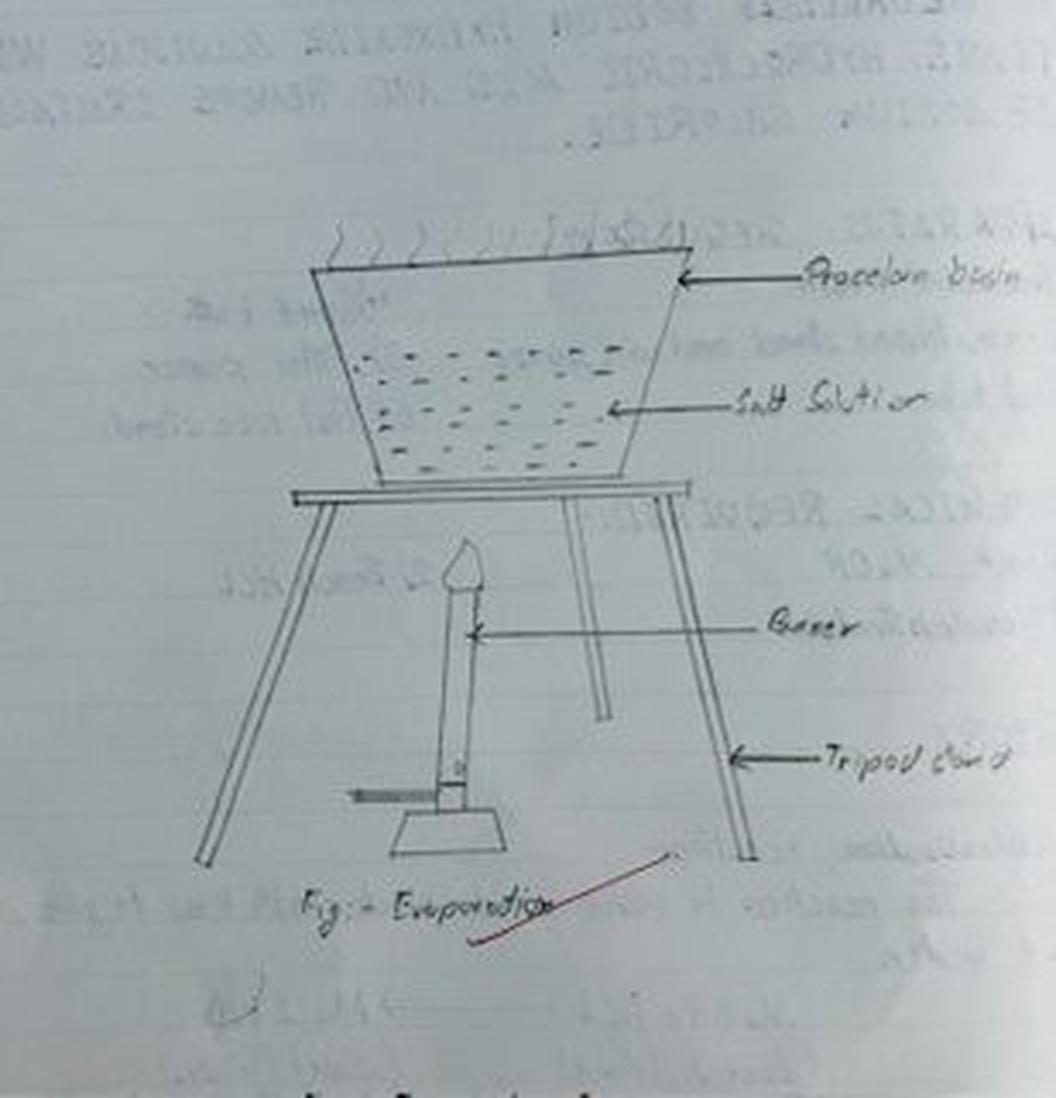
Understanding the Chemical Reaction
Sodium hydroxide (NaOH) is a strong base. Neutralizing it requires an acid that reacts completely with NaOH to form water and a salt.
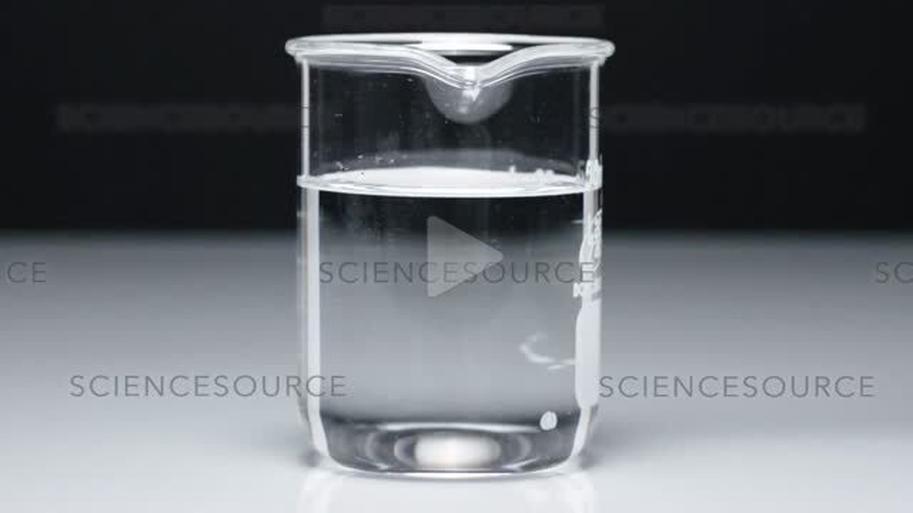
The neutralization reaction is:
NaOH + Acid → Salt + H2O
The amount of acid needed depends on the moles of NaOH and the acid’s proton capacity.

Stoichiometric Neutralization with Citric Acid
Citric acid (C6H8O7) is a triprotic acid, meaning it can donate three protons (H+) per molecule to react with bases.
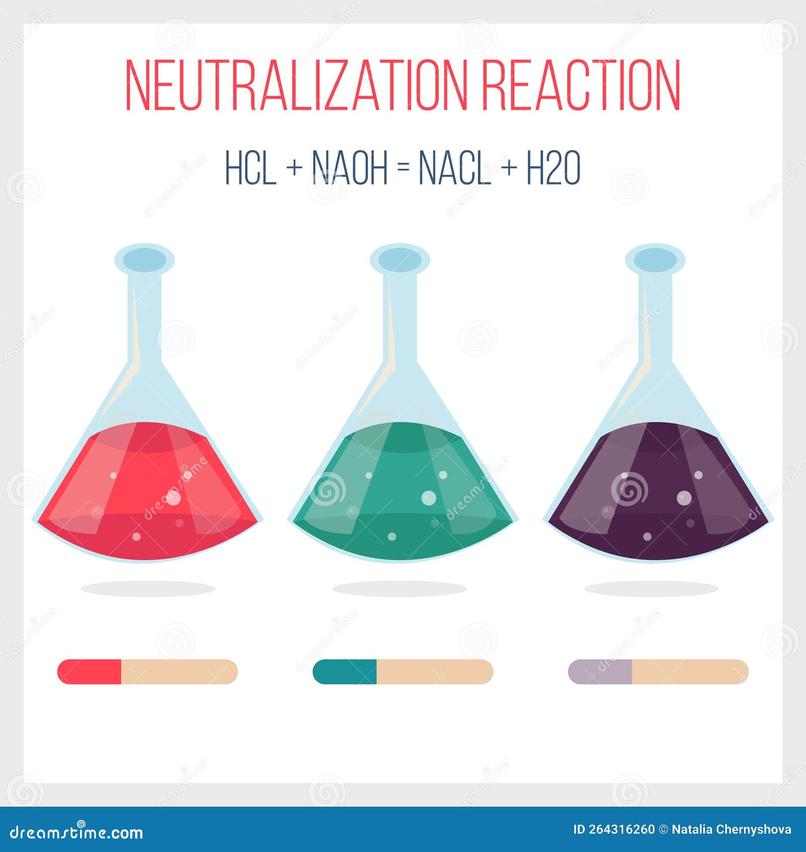
- For every mole of citric acid, three moles of NaOH are neutralized.
- Molar masses: Citric acid = 192 g/mol; NaOH = 40 g/mol.
- Ratio by weight: 192 g of citric acid corresponds to 120 g of NaOH.
For example, 2.6 kg of NaOH requires about 4.2 kg of citric acid. This assumes complete reaction under ideal conditions.
In a bulk batch scenario, consider 80 quarts (approximately 90 liters) of solution containing about 3 kg of NaOH (about 75 moles). Neutralizing this requires approximately 75 moles of monoprotic acid. For triprotic citric acid, that equates to about 25 moles, or roughly 5 kg.
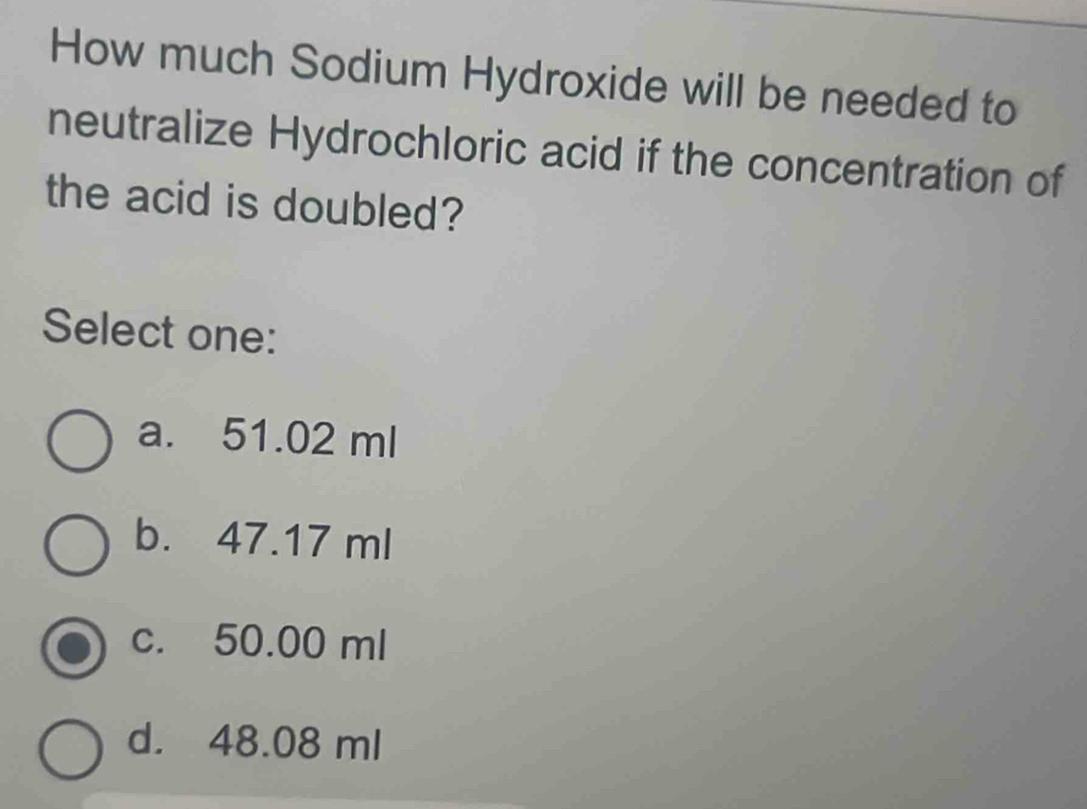
Practical Neutralization Strategy
Exact quantities vary due to factors like impurities, CO2 absorption, and partial neutralization by other substances.
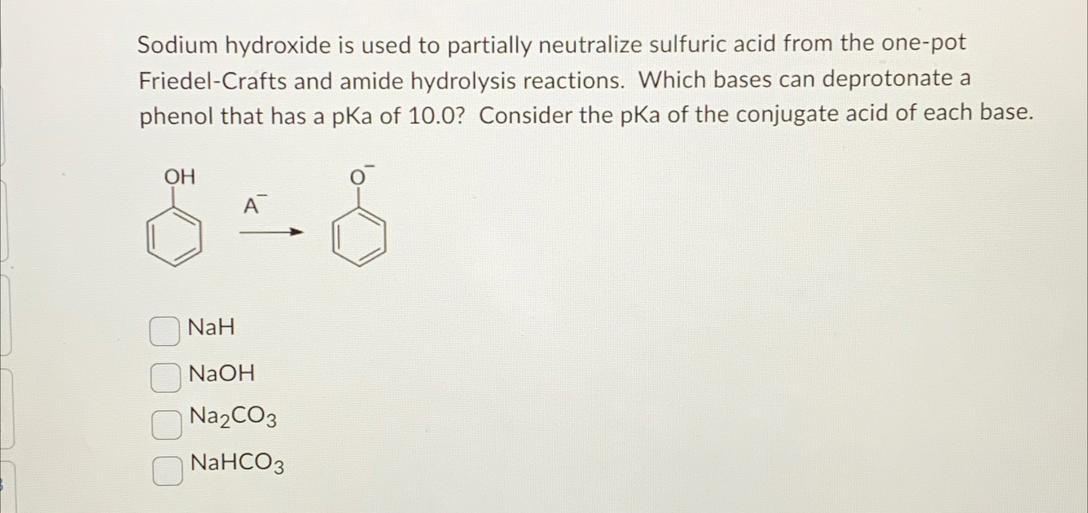
- Start with roughly half the calculated amount of acid.
- Stir the solution well after each addition.
- Measure pH frequently; use pH strips or a calibrated pH meter.
- Add acid incrementally until pH approaches 7.
- Expect to add slight excess acid because trisodium citrate formed is mildly basic.
- Adjust amounts depending on initial solution characteristics.
Why Monitor pH Continuously?
The reaction is exothermic and produces salts that can influence the pH. Only careful titration ensures full neutralization without excessive acid.

Choice of Acid and Its Impact
Commonly used acids for neutralizing NaOH are:
| Acid | Characteristic | Pros | Cons |
|---|---|---|---|
| Citric Acid | Weak, triprotic organic acid | Safe, food-grade, buffered salts formed | Requires larger amounts by weight |
| Muriatic Acid(Hydrochloric Acid) | Strong, monoprotic mineral acid | Readily available, strong neutralizer | Corrosive, harmful to stainless steel vessels |
| Sulfuric Acid(Battery Acid, 25%) | Strong, diprotic mineral acid | Effective, less corrosive to stainless steel than HCl | Handling hazards, strong acid precautions needed |
Citric acid is advantageous for food-related processes due to safety. Mineral acids require careful handling and vessel compatibility checks.
Consider Vessel Material
Muriatic acid reacts with stainless steel and can cause damage, especially at elevated temperatures. Sulfuric acid is often preferred for steel containers.
Handling and Safety During Neutralization
Neutralizing bulk amounts of NaOH is hazardous. Use personal protective equipment (PPE), such as gloves, goggles, and aprons.
- Add acid slowly to prevent splashing and excessive heat build-up.
- Use mechanical stirring to ensure uniform mixing.
- Carry out the process in well-ventilated areas.
- Prepare for potential heat generation, though it’s usually minimal.
- Never add water to concentrated NaOH; add acid cautiously.
Proper planning prevents injury and equipment damage.
Calculations and Estimations
Calculating acid mass involves:
- Determine moles NaOH: mass (g) ÷ 40 g/mol.
- Identify acid’s proton donation number: monobasic = 1, dibasic = 2, tribasic = 3.
- Calculate moles acid: moles NaOH ÷ acid’s basicity.
- Calculate mass acid: moles acid × molar mass of acid.
Example: 3 kg NaOH (3000 g) = 75 moles.
Citric acid triprotic, so acid moles needed = 75/3 = 25 moles.
Mass citric acid = 25 × 192 g/mol = 4800 g (4.8 kg).
This aligns closely with practical values of 4.2–5 kg.
Considerations for NaOH Source and Solution
The actual NaOH active concentration affects calculations:
- Lye might partially react with substances (e.g., food materials), reducing its effective concentration.
- A 3% NaOH solution means 3 g NaOH per 100 g solution.
- Solid NaOH form affects handling; pellets sized similar to aspirin granules minimize hygroscopic issues.
Regulations and Disposal
Industrial neutralization follows regulations:
- Check local and national disposal laws before discharging neutralized waste.
- Some areas allow drain discharge after neutralization and dilution.
- Other jurisdictions require licensed disposal or treatment permits.
- Consult sewer authority or environmental agency for compliance.
Summary of Key Points
- Calculate acid amount based on stoichiometry and acid’s proton capacity.
- Citric acid neutralizes three moles of NaOH per mole; 4.2–5 kg needed per ~3 kg NaOH.
- Always titrate to neutral pH (~7) with incremental acid additions and pH testing.
- Choose acid considering safety, vessel compatibility, and application.
- Handle acid and base safely with proper PPE and mixing.
- Account for initial NaOH concentration and partial neutralization.
- Follow local regulatory requirements for disposal of neutralized waste.
How Much Acid to Neutralize Bulk Sodium Hydroxide?
If you want to neutralize bulk sodium hydroxide, first calculate the moles of NaOH present. Then, add the stoichiometric amount of acid—like citric acid—keeping in mind the acid’s properties, the solution’s pH, and safety precautions. Aim for neutral pH (around 7) by gradual acid addition and pH testing. Sounds simple? Well, there’s more to it, so let’s dig a bit deeper.
Neutralizing bulk sodium hydroxide may sound like a straightforward chemical titration from high school, but when you’re dealing with tens of kilograms, things get interesting—safety, measurement accuracy, and even the choice of acid matter. Plus, understanding the chemistry helps you avoid waste, excess acid, and potentially dangerous reactions. Let’s explore what you need to know with some practical tips.
1. The Stoichiometric Dance: How Much Acid?
The heart of neutralization is simple chemistry. Sodium hydroxide (NaOH) reacts with acids to form neutral salts and water. For instance, with citric acid, it forms trisodium citrate. The key fact: Three moles of NaOH react with one mole of citric acid. So, for every mole of citric acid, you neutralize three moles of NaOH.
Quantitatively, if you have 120 grams of sodium hydroxide, it takes about 192 grams of citric acid to neutralize it. If you’re working with roughly 2.6 kilograms of NaOH dissolved in water, you’ll need about 4.2 kilograms of citric acid for complete neutralization.
To offer a practical example: suppose you have an 80-quart volume (that’s roughly 90 liters or 90 kg of solution) containing 3 kg of sodium hydroxide, roughly 75 moles of NaOH. Since citric acid is triprotic (it can donate three protons), the math says you need about 5 kg of citric acid to get to neutral.
Remember, these calculations are approximate, but they give a solid starting point for your acid addition.
2. But Wait, How Neutral is Neutral? Practical pH Testing
Numbers get you started, but chemistry rarely plays by the rules in real life. The “perfect stoichiometric” amount might not get you to pH 7 exactly. Why? Because trisodium citrate, the product formed with citric acid neutralization, is slightly basic.
Here’s a pro tip: add acid gradually. Start by dosing less than the calculated amount—maybe half. Test the pH. Then add more acid bit by bit until the solution reads around 7. Use cheap pH strips or a pH meter if you want spiffy precision.
Another wrinkle is some of your NaOH might already be partially neutralized. For example, if your lye solution was used for food contact like bagels or pretzels, or exposed to atmospheric CO2, less acid might be needed.
So, patience and testing are your friends here. The goal is to avoid overshooting and creating an acidic solution or wasting acid.
3. Safety First! Handling Bulk Neutralization
Large quantities of NaOH are no joke. Even at dilute concentrations, it’s caustic. Splashing could cause serious burns.
- Always wear proper personal protective equipment (PPE): goggles, gloves, and long sleeves.
- Use equipment that can handle sizeable volumes safely—big buckets, proper stirrers.
- Don’t dump all the acid in at once. Add slowly and stir continuously to avoid localized hot spots and splashes.
- Though heat generated during the neutralization is usually minor, be mindful and add acid gradually.
Industrial protocols often allow simple pH neutralization of NaOH waste but be sure to consult your workplace or environmental rules.
4. Which Acid Should You Choose for Neutralization?
Citric acid is popular for food-grade applications or gentler chemistry. But it’s not the only candidate.
Consider these options and their pros and cons:
- Citric Acid: Triprotic, relatively gentle, forms trisodium citrate, slightly basic salt.
- Muriatic Acid (Hydrochloric Acid): Widely available as pool acid, monoprotic, but beware if you use stainless steel vessels because chlorides can corrode stainless steel.
- Sulfuric Acid: Preferred for use with stainless steel due to less corrosive effect of sulfate ions; available as “battery acid” in certain grades.
Your acid choice hinges on your equipment and safety. Using muriatic acid in stainless steel can cause damage. In such cases, sulfuric acid makes a stronger candidate—just be extra cautious handling it.
5. How to Estimate and Calculate Accurately
Your first estimate uses simple back-of-the-napkin math:
80 quarts = 90 liters = 90 kg solution containing 3 kg NaOH = about 75 moles of NaOH. So, about 75 moles of monoprotic acid or 25 moles of triprotic acid (like citric) is required.
From this, you can calculate acid mass—around 5 kg for citric acid.
If you want to geek out, you might consult a licensed professional engineer (PE) for precise calculations, but in practice, approximate amounts combined with pH testing lead you to the right balance.
6. What About the State and Source of Your NaOH Solution?
If your sodium hydroxide has been “used” already (for instance, in baking or cleaning), some of it might be neutralized by the substrate itself—bagels or other foods.
Also, consider the physical form of NaOH before use. Avoid small granular or powdered NaOH as it absorbs moisture, turning into solid clumps, making handling tricky.
Pelletized NaOH, around the size of an aspirin, is easier to manage and keeps better over time.
7. Don’t Forget Regulatory and Disposal Considerations
You might ask, “Can I just toss this neutralized solution down the drain?” That depends on your location.
Check local laws and sewer regulations before disposal. In some places, neutralized waste can be flushed, while others demand collection and transport to certified disposal facilities. If unsure, coordinate with your local waste management or sewer plant.
Tread carefully: chemical waste management is serious business, and licensing might be mandatory for some treatment processes.
In Summary: How Much Acid to Use?
Neutralizing bulk sodium hydroxide requires careful calculation, safety, and a bit of patience. Start with stoichiometric ratios based on the moles of NaOH present. For citric acid, about 5 kilograms will neutralize 3 kilograms of NaOH in 90 liters of solution.
Add acid gradually while monitoring pH to avoid overshooting. Choose your acid thoughtfully—for stainless steel, sulfuric acid beats muriatic acid. And never forget safety gear and regulatory rules. It’s chemistry in bulk, but with a pinch of caution and measuring, you’ll get it spot on.
Now, ready to neutralize that lye bath without losing a finger or turning your solution into a chemistry class disaster? Just keep it slow, steady, and test-driven.
How do you calculate the amount of citric acid needed to neutralize bulk sodium hydroxide?
One mole of citric acid neutralizes three moles of NaOH. For example, 2.6 kg of NaOH requires about 4.2 kg of citric acid. Always calculate moles first, then convert to weight for a more accurate estimate.
Why is pH testing important during neutralization of sodium hydroxide?
pH testing ensures you stop adding acid at neutral pH 7. Theoretical calculations give a starting point, but practical adjustments are needed because mixtures and reactions vary.
Can you use acids other than citric acid for neutralization?
Yes, muriatic acid and sulfuric acid are options. Be cautious with muriatic acid if using stainless steel vessels, as chlorides can cause corrosion, especially when hot.
How should acid be added to bulk sodium hydroxide solutions?
Add acid slowly and mix well to prevent splashing or violent reaction. The neutralization generates minor heat, so controlled addition helps maintain safety and effective mixing.
What safety precautions are necessary when neutralizing large batches of sodium hydroxide?
Wear proper PPE and use suitable equipment. Stir carefully to avoid splashes, and protect eyes and skin. Even dilute solutions can cause injury at large volumes.



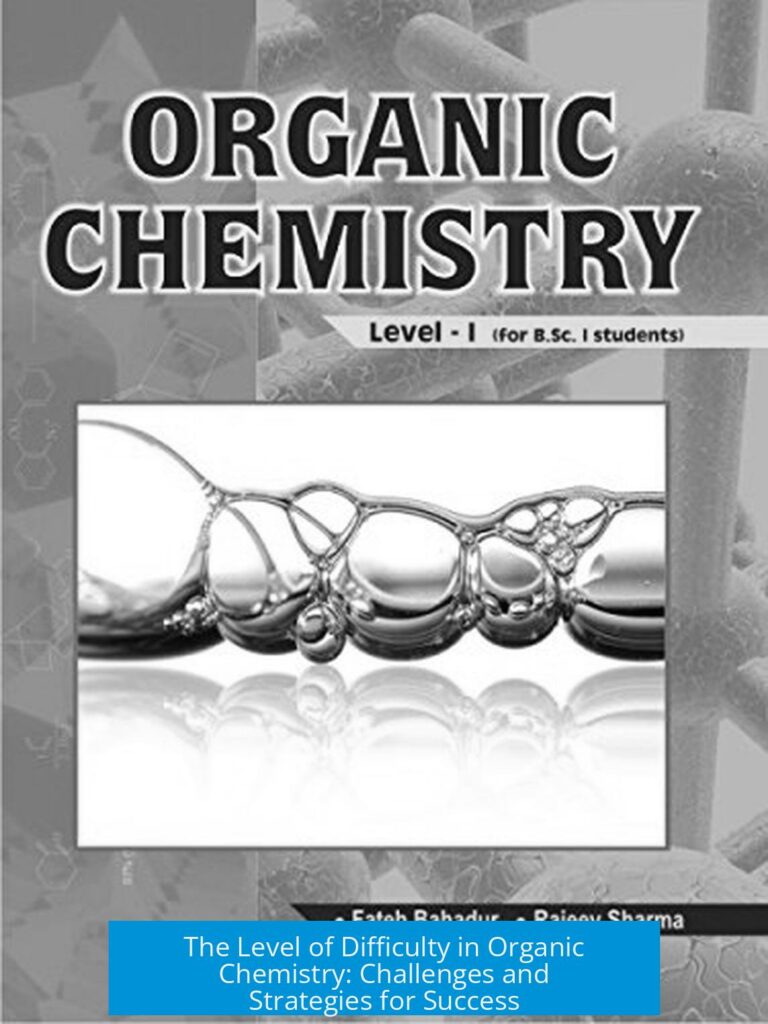
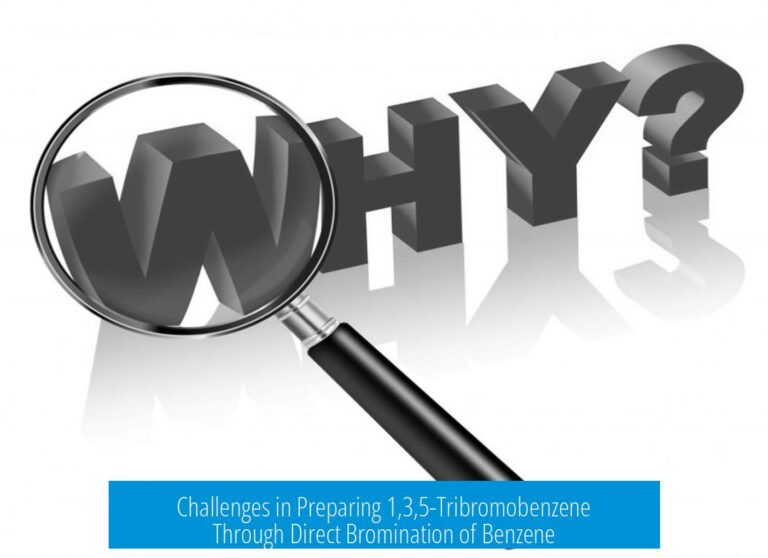
Leave a Comment